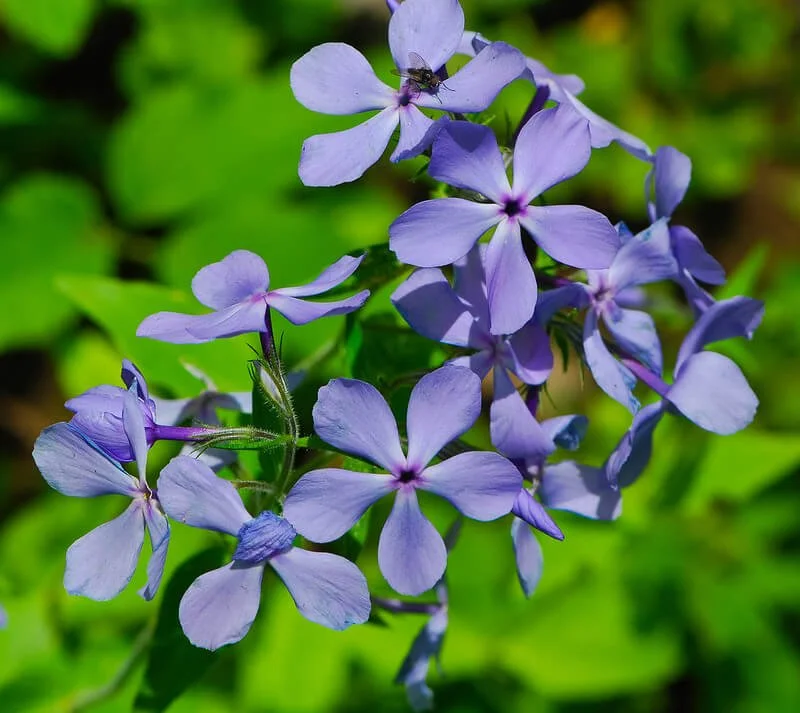 Image 1 of
Image 1 of


Wild Geranium (Geranium maculatum)
The very attractive Wild Geranium flowers provide one of the earliest nectar sources for native bees. Its nectar and pollen attract many native bees, butterflies, and skippers (Illinoiswildflowers.info) and it is the host plant for the specialist mining Bee Andrena distans (Holm, 2017). In addition, it is a host plant to over 25 butterflies and moths in our area (nwf.org) and it is listed as a preferred pollinator plant by the Xerces Society (Xerces.org). This is surely a species to be included in your landscape. If you are lucky, this plant will spread to form small colonies.
Photo credit: Alvin Kho
The very attractive Wild Geranium flowers provide one of the earliest nectar sources for native bees. Its nectar and pollen attract many native bees, butterflies, and skippers (Illinoiswildflowers.info) and it is the host plant for the specialist mining Bee Andrena distans (Holm, 2017). In addition, it is a host plant to over 25 butterflies and moths in our area (nwf.org) and it is listed as a preferred pollinator plant by the Xerces Society (Xerces.org). This is surely a species to be included in your landscape. If you are lucky, this plant will spread to form small colonies.
Photo credit: Alvin Kho
The very attractive Wild Geranium flowers provide one of the earliest nectar sources for native bees. Its nectar and pollen attract many native bees, butterflies, and skippers (Illinoiswildflowers.info) and it is the host plant for the specialist mining Bee Andrena distans (Holm, 2017). In addition, it is a host plant to over 25 butterflies and moths in our area (nwf.org) and it is listed as a preferred pollinator plant by the Xerces Society (Xerces.org). This is surely a species to be included in your landscape. If you are lucky, this plant will spread to form small colonies.
Photo credit: Alvin Kho
Life Cycle: Perennial
Sun Exposure: Full, Partial shade, Shade (Mostly found in woodlands in the wild, but does well in full sun)
Soil Moisture: Medium, Medium-dry
Height: 12 inches
Plant Spacing: 10-12 inches
Bloom Time: April - July
Bloom Color: Purple
Advantages: Pollinator Favorite, Bird Favorite, Deer Resistant, Great landscaping plant
Host Plant: 26 species of butterflies and moths use this as a caterpillar host plant in our area (nwf.org)
Specialist Bee: Mining Bee Andrena distans (Holm, 2017)
Beneficial Insect: Syrphid Flies
Complementary Plants: Woodland Phlox, Virginia Waterleaf, White Baneberry, Mayapple, False Solomon’s Seal, Solomon’s Seal, Bloodroot, Christmas Fern
Resources: Holm, Heather. Bees: An Identification and Native Plant Forage Guide. Pollination Press, 2017





